After the first earthquake we were told that the chance of another one was 200 to 1. A fortnight later, when we were just beginning to recover, the second one hit. Perhaps I’m getting better at this, because this time I was able to control my body enough to run outside and join the crowd in the street. Standing with my family, looking back towards our home, I could see dust billowing from the foundations of the houses. They seemed to be dancing back and forth. The chances of a third strike, we’re told, are minuscule. Should we believe this? No one feels ready to relax.
Nearly all of us here in Kathmandu are now sleeping outside. There are tents and simple shelters everywhere. Tundikhel, a huge military parade ground in the centre of the city, has become home to thousands sleeping in shelters provided by foreign governments and the Nepali army. There aren’t many proper tents in my neighbourhood. People have done the best they can with plastic sheets, bamboo poles and bed linen. Families are sleeping wherever there’s open space: in parks, on the edge of the road, along river banks and between ruined houses.
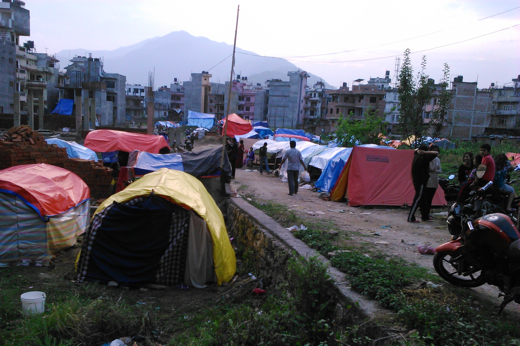
The weird and sometimes distasteful politics of foreign aid are now being played out in front of us. It’s said that India and China are using the disaster relief effort to compete for influence in Nepal. If true, I’d say the Chinese are definitely winning; the tents with Chinese stickers on are the ones everyone wants to be in. The food sent by the Indians is out of date: people are complaining about mouldy bread and fermented orange juice. Singapore, the richest country in the east, has sent packs of out-of-date instant noodles. Word is that the Nepali government is going to destroy the next shipload before it reaches the relief camps. The authorities seem to think that health and safety lawsuits are a bigger problem than starvation.
Appetite for India’s not-always-fresh food aid is a good indication of how desperate things are. Walking past a relief camp in the early evening, I saw people queuing for a single scoop of rice. The rice was half-cooked, one woman said. A man said he’d found an insect in his helping the previous evening. Even so, the queue was long. At another camp in a residential area, I saw several people come out of perfectly intact houses and go to collect supplies. I asked a woman taking bags of food whether her house was damaged. ‘No,’ she replied. ‘But the food is free.’
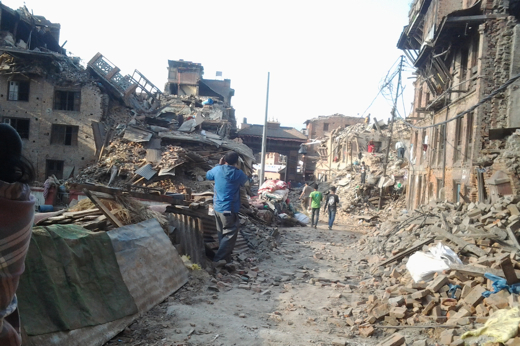
The official aid tents are also sometimes occupied by opportunists. I know of one family that has decamped from a perfectly intact house to a tent, to take advantage of the free food and water brought by aid workers. This is not entirely unforgivable. The earthquake has sent prices soaring. Families are worried about food shortages and some shops are asking 150 rupees for bottles of water that cost 20 rupees a few weeks ago. Inflation can be just as worrying as starvation.
There are a lot of theories in Kathmandu about what caused the earthquakes, not all of them geological. Some say that God carries the earth on his shoulders, one at a time, and when he gets tired, he rolls the whole planet from one shoulder to another, causing quakes. Others believe there are too many people on earth (by which they normally mean Kathmandu) so the population needs to be trimmed. God sent the earthquakes, according to these Nepali Malthusians, as a bit of population management.
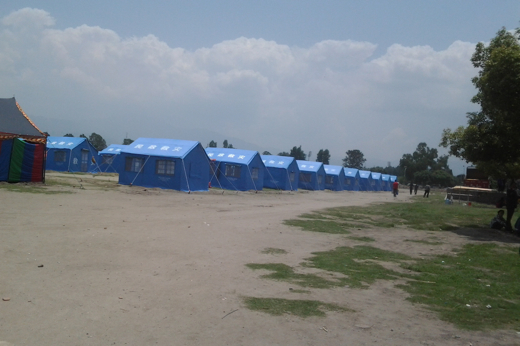
We have also seen a new kind of visitor: the disaster selfie-taker. Off they head to flattened villages, carrying a couple of bags of rice and their iPhone. Then they will post a photo on Facebook of themselves grinning with a family who are living in a tent, before getting their coach back to Kathmandu.Then there are the astrologists who say that this Nepali year, 2072, is a dangerous one: Saturn and Mars have crossed paths, causing a crisis on Earth. The days on which the earthquakes struck seem to offer confirmation. The days of the week in Nepali are named after planets. Saturday and Tuesday, the days of the first and second earthquakes, get their names from Saturn and Mars respectively. Some of my neighbours complain that Sushil Koirala, our 75-year-old Prime Minister, should be offering sacrifices to the heavens to placate them.
My family were lucky: our house wasn’t marked with a red sticker when engineers came to look at it after the first earthquake, which means they think it’s safe. Whenever I’ve stepped inside any other building in the last few days, I’ve found myself looking to see whether it has one of those red marks. If it does, I don’t go too far inside. It will be a while before Kathmandu gets back to normal, but the weather is as variable as ever. When it rains, I think about our monsoons — and a country with no roofs.
Got something to add? Join the discussion and comment below.
Get 10 issues for just $10
Subscribe to The Spectator Australia today for the next 10 magazine issues, plus full online access, for just $10.
You might disagree with half of it, but you’ll enjoy reading all of it. Try your first month for free, then just $2 a week for the remainder of your first year.

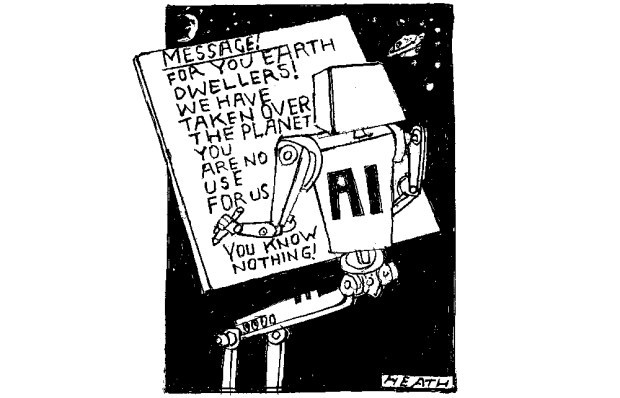

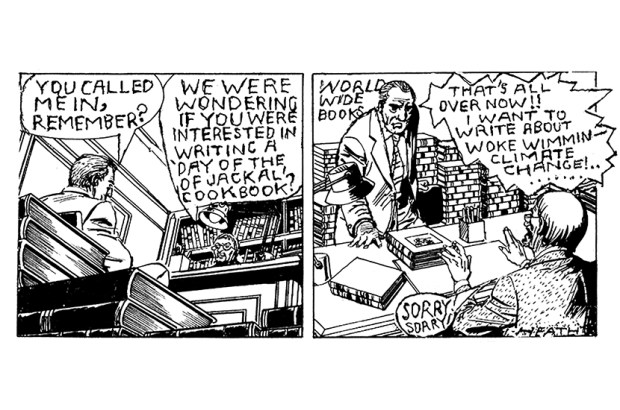
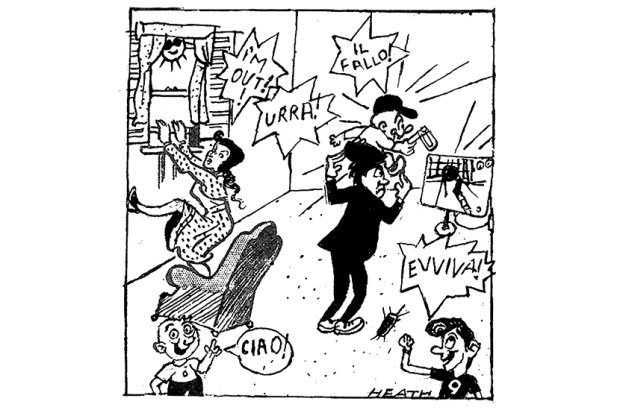

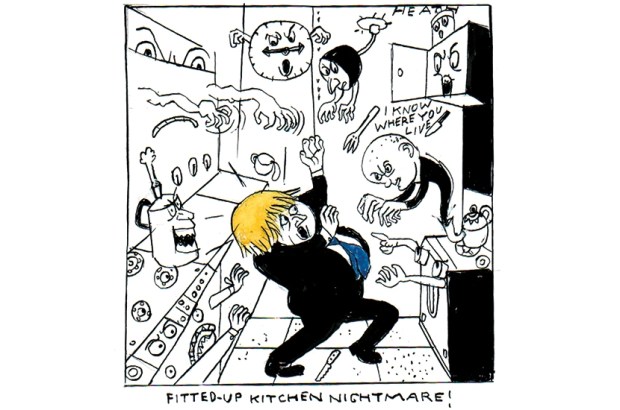






Comments
Don't miss out
Join the conversation with other Spectator Australia readers. Subscribe to leave a comment.
SUBSCRIBEAlready a subscriber? Log in